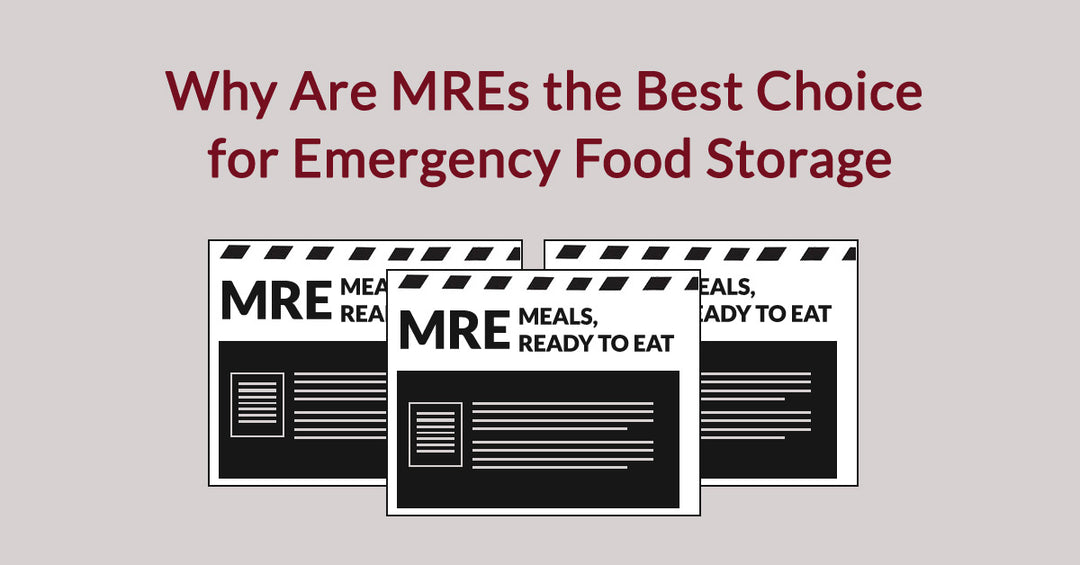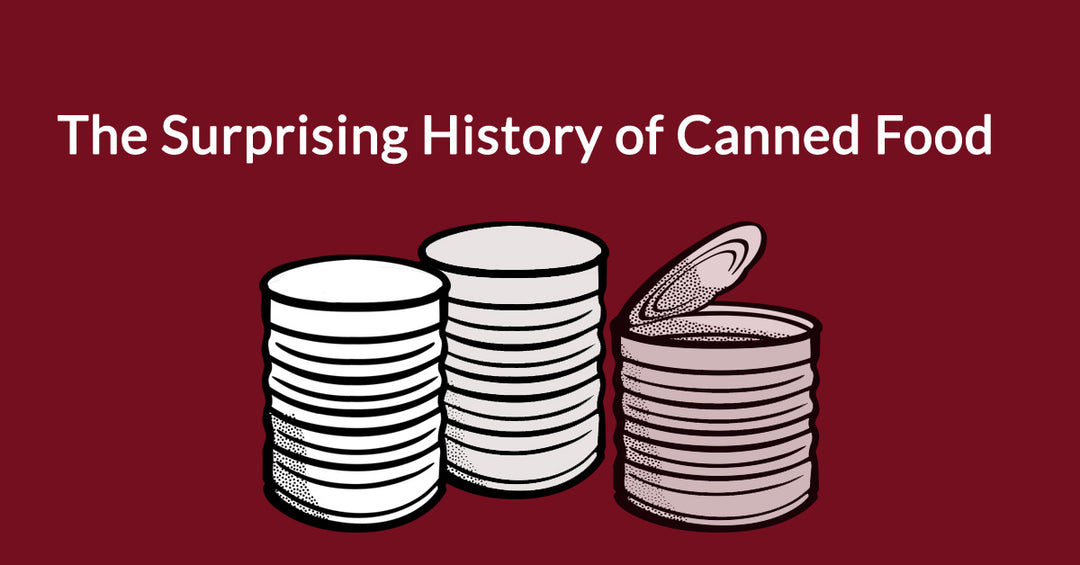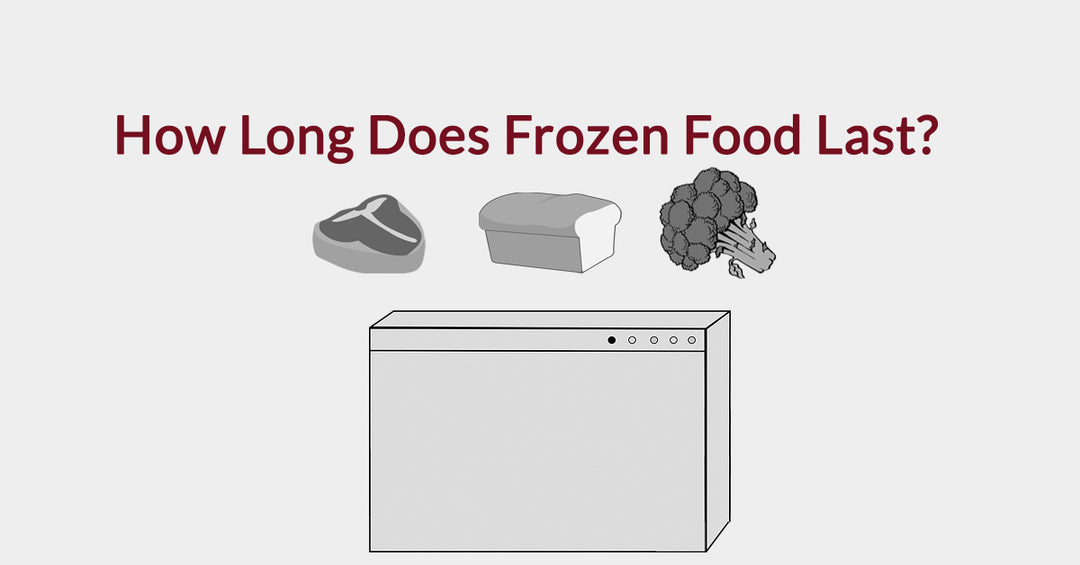US Food Supply Disaster Series: Hurricane Matthew (October 2016, Southeastern U.S.)

In October 2016, Hurricane Matthew, a powerful Category 5 storm, swept through the Southeastern U.S. Beyond its initial destruction, Matthew's catastrophic flooding exposed significant vulnerabilities in the region's food supply chains and emergency response, offering crucial insights for future disaster preparedness and food security.
The Food Crisis Unfolds
Matthew's winds and relentless rain created immediate challenges. In the Carolinas, flooding and wind damage wiped out crops, causing substantial agricultural losses. Emergency shelters, overwhelmed by evacuees, quickly became understocked, struggling to feed thousands. Crucially, in some rural areas, residents were cut off by floodwaters, going days without access to food or clean water as aid struggled to arrive.
Who Was Most Affected?
The hurricane disproportionately affected vulnerable groups. Coastal and inland communities, especially those in trailer parks and flood zones, faced immediate displacement and acute food insecurity. Seniors, individuals with disabilities, and low-income families also faced amplified hardship, often lacking resources for evacuation or coping with prolonged power outages.
Outcomes and Lessons Learned
Hurricane Matthew, while devastating, spurred vital improvements in disaster food logistics.
A key outcome was the reinforcement of FEMA recommendations on pre-positioned meals. The difficulties in rapid food deployment after Matthew underscored the necessity of having emergency food, water, and supplies strategically stored in safe, accessible locations before a hurricane hits.
Furthermore, the widespread challenges led to increased investment in food storage infrastructure in hurricane-prone counties. This meant upgrading or building more resilient warehouses with reliable backup power, creating secure regional hubs to serve as lifelines when commercial supply lines failed.




